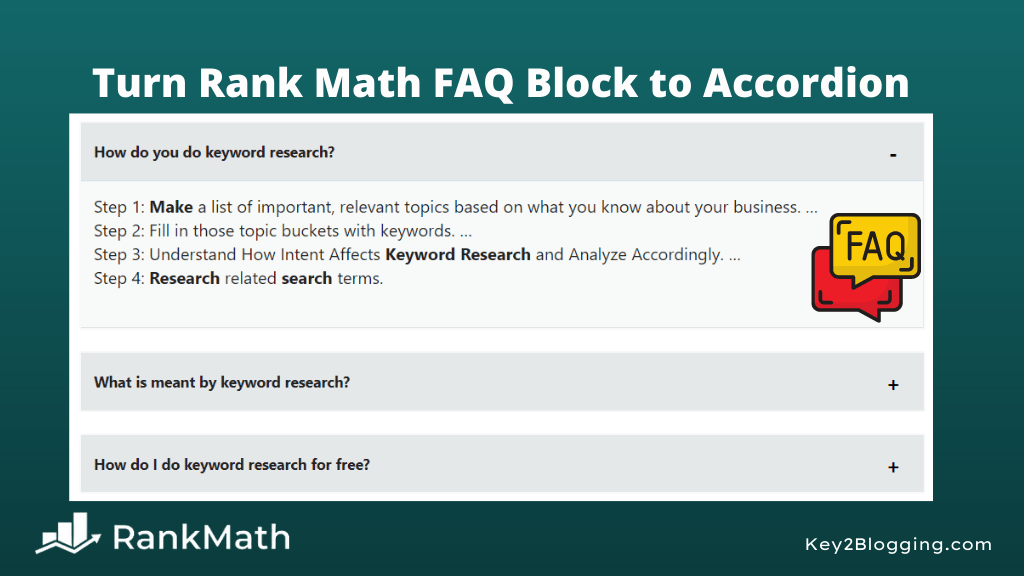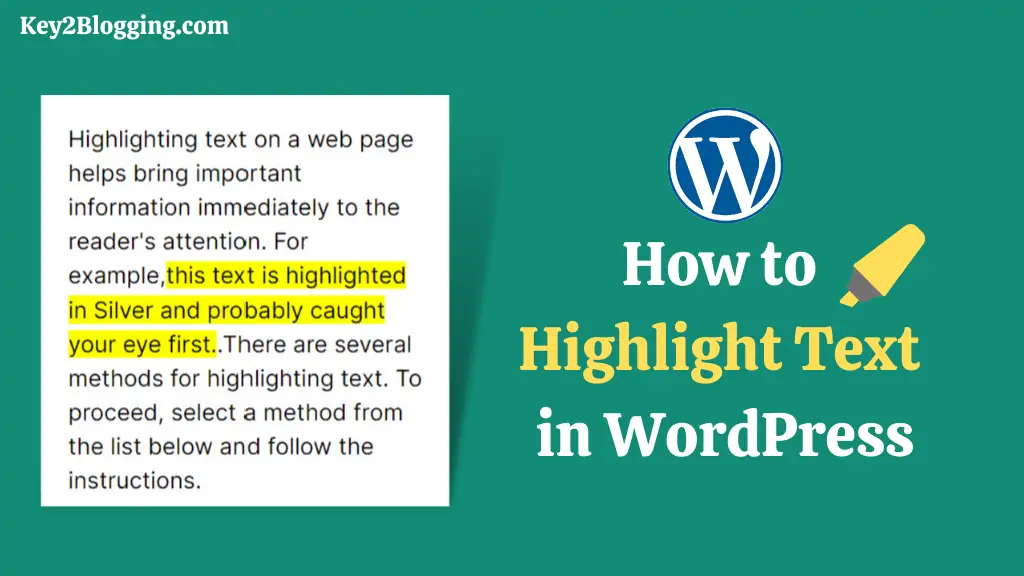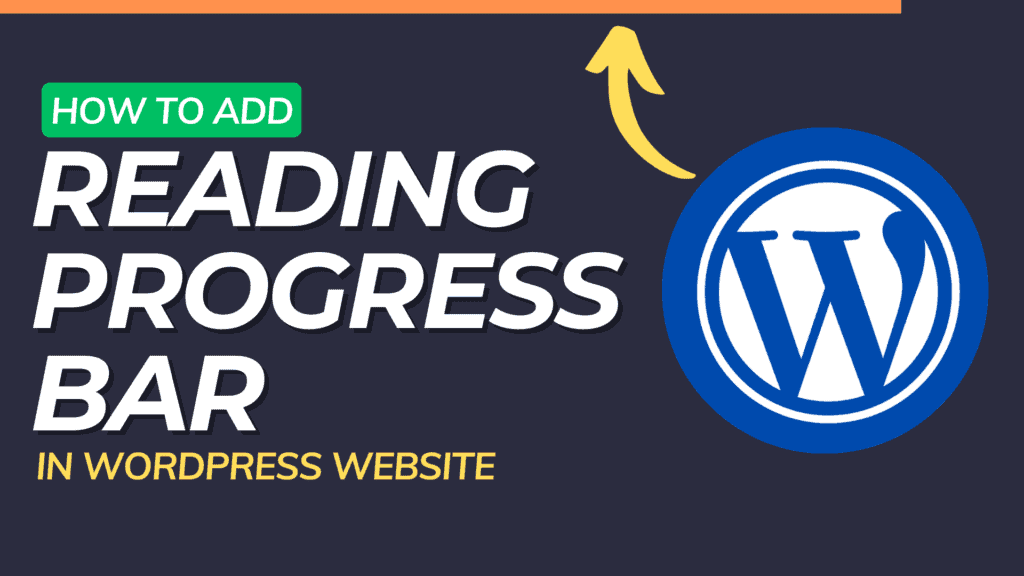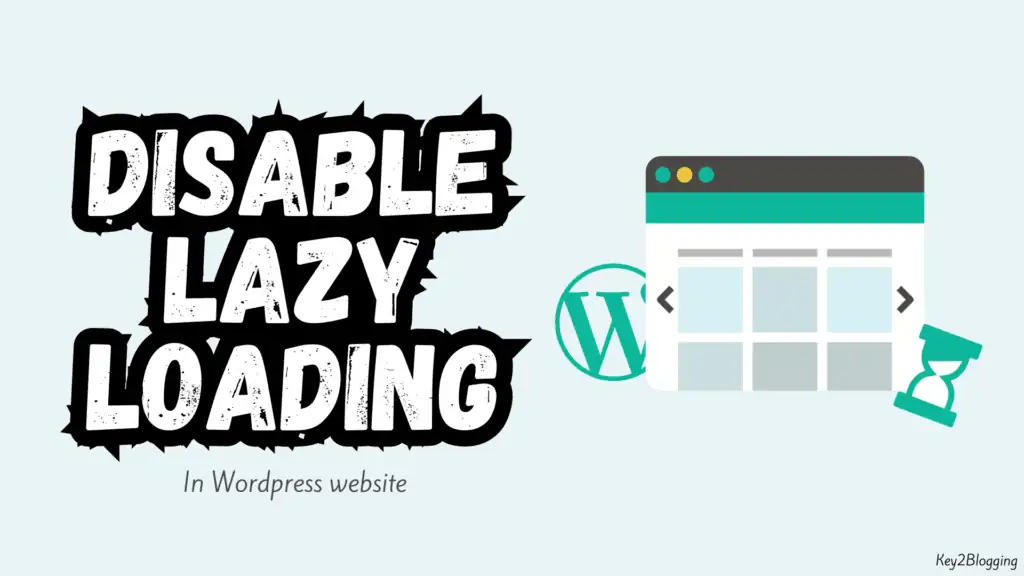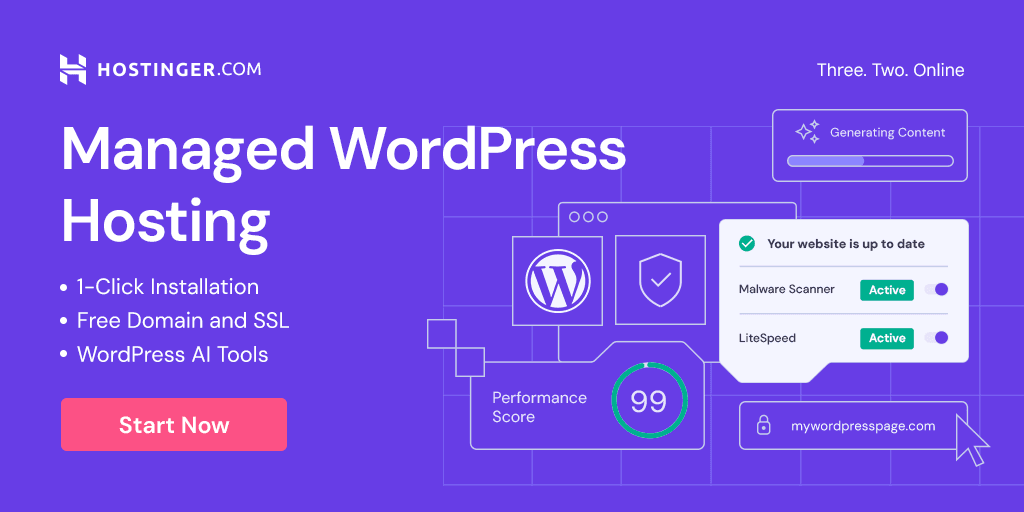What is XML-RPC And How to Disable XML-RPC in WordPress
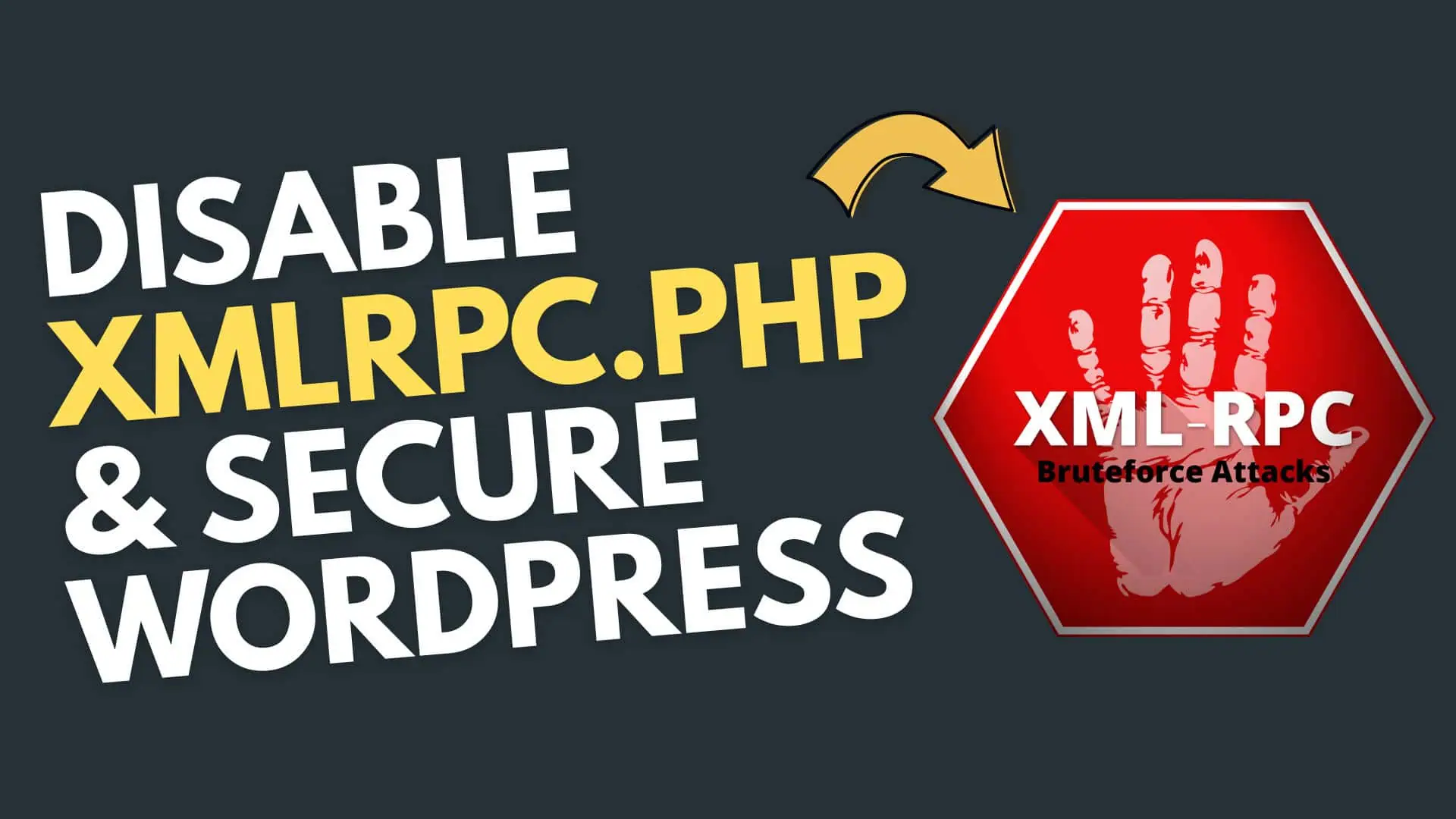
XML-RPC is a protocol that has been around for decades, playing a key role in remote communication for web applications like WordPress. However, with evolving security threats, many site owners choose to disable it to protect their sites.
In this detailed guide, we’ll explore what XML-RPC is, its benefits and risks, and step-by-step methods to disable XML-RPC in WordPress. Whether you’re a beginner or an experienced developer, this article will help you secure your site effectively.
What Is XML-RPC?
XML-RPC, short for Extensible Markup Language Remote Procedure Call, is a protocol that allows software applications to communicate over the internet by making remote procedure calls. It uses XML to encode messages and HTTP as the transport mechanism, enabling programs on different systems to call functions or procedures on a remote server.
The Role of XML-RPC in WordPress
In WordPress, XML-RPC is enabled by default since version 3.5 and resides in the file xmlrpc.php. This file acts as a bridge for remote access, letting users connect to their site via third-party apps, mobile devices, or services like Jetpack and automation tools such as Zapier.
Key features include:
- Remote Publishing: Post content from apps like the WordPress mobile app without logging into the dashboard.
- Pingbacks and Trackbacks: Notify other sites of links or mentions, aiding content syndication.
- Integration with External Systems: Connect to tools for tasks like editing posts or managing comments remotely.
While useful for developers and remote management, XML-RPC isn’t essential for all users. If you don’t use remote features, it might be an unnecessary component
Security Risks Associated with XML-RPC in WordPress
Despite its utility, XML-RPC poses significant security risks in WordPress, often exploited by attackers. Enabling it increases your site’s attack surface, providing more entry points for malicious activities.
Common vulnerabilities include:
- Brute Force Attacks: Hackers use methods like system.multicall to send thousands of login attempts simultaneously, guessing credentials and gaining unauthorized access. This bypasses protections like CAPTCHAs or two-factor authentication.
- DDoS Attacks: Attackers exploit pingback features to flood sites with requests, overwhelming servers and causing downtime. For example, fake pingback requests can use other sites as proxies to amplify the attack.
- Injection Attacks: Malicious XML code can be injected into requests, leading to remote code execution or unauthorized actions.
- Other Exploits: Risks like cross-site port attacks (XSPA) or port scanning allow probing internal networks.
These issues have led to numerous security advisories, prompting experts to recommend disabling XML-RPC if not in use. In fact, vulnerabilities in XML-RPC for PHP can facilitate remote code injection, compromising the entire server.
Why Should You Disable XML-RPC in WordPress?
Disabling XML-RPC reduces potential vulnerabilities without affecting core site functionality for most users. It’s especially crucial if:
- You don’t rely on remote apps or integrations.
- Your site has faced brute force or DDoS attempts.
- You’re prioritizing security in a high-traffic environment.
Note that modern WordPress uses the REST API for many remote tasks, making XML-RPC outdated and risky. However, if you need specific features like pingbacks, consider partial disabling instead of a full shutdown.
How to Disable XML-RPC in WordPress: Step-by-Step Methods
There are several ways to disable XML-RPC in WordPress, ranging from beginner-friendly plugins to advanced code edits. Always back up your site before making changes.
Method 1: Using a Plugin (Easiest for Beginners)
Plugins simplify the process without touching code.
- Log in to your WordPress dashboard.
- Go to Plugins > Add New and search for “Disable XML-RPC”.
- Install and activate the plugin (e.g., Disable XML-RPC-API).
- That’s it—XML-RPC is now disabled site-wide.
For selective disabling (e.g., only pingbacks), try “Disable XML-RPC Pingback”. If you want more control, use “REST XML-RPC Data Checker” to configure specific features.
Method 2: Manual Disable via Code Snippet (Recommended for Efficiency)
Add a filter to your site’s functions.php or a Code manager plugin.
Access your theme’s functions.php file via FTP or the theme editor ( Appearance > Theme File Editor ).
Add this code:
add_filter('xmlrpc_enabled', '__return_false');Save changes. This blocks all XML-RPC requests.
Method 3: Blocking via .htaccess (Advanced and Resource-Efficient)
Edit your site’s .htaccess file to deny access to xmlrpc.php.
Access .htaccess via your hosting control panel or FTP (enable “Show hidden files” if needed).
Add this code:
<Files xmlrpc.php> Order Deny,Allow Deny from all </Files>
Save the file. This prevents all requests to xmlrpc.php.
Test your site afterward to ensure no conflicts. Avoid deleting xmlrpc.php directly, as it can break your site.
Method 4: How to Disable XML-RPC in WordPress Using Cloudflare
- Log in to Cloudflare: Access your dashboard and select the domain for your WordPress site.
- Navigate to Firewall: Go to Security > WAF > Custom Rules (or Firewall Rules in some interfaces).
- Create a New Rule:
- Set the Rule Conditions:
- Choose the Action: Select Block to deny all matching requests.
- Save and Deploy: Click Deploy to activate the rule.
This setup blocks all traffic to xmlrpc.php, stopping attacks before they reach WordPress.
Verifying XML-RPC Is Disabled
After disabling, use tools like the WordPress XML-RPC Validation Service to confirm. If requests fail, it’s successfully blocked.
You can also check it manually by going to the XML RPC URL.
Visit http://yourdomain.com/xmlrpc.php in your web browser. If disabled correctly, you will see a “Forbidden” or similar error
Best Practices for WordPress Security Beyond XML-RPC
Disabling XML-RPC is just one step. Enhance protection with:
- Strong passwords and two-factor authentication.
- Security plugins like Sucuri, Solid Security or Wordfence for monitoring.
- Regular updates to WordPress core, themes, and plugins.
- Limiting login attempts to prevent brute force attacks.
By following these, you can safeguard your site against common threats.
In summary, XML-RPC offers remote capabilities but often introduces more risks than benefits in modern WordPress setups. Disabling it via plugins, code, or .htaccess can significantly boost your site’s security. If you’re in Khordha, Odisha, India, and need local hosting support, consider providers with strong security features tailored to regional needs. Stay proactive to keep your WordPress site safe and efficient.

